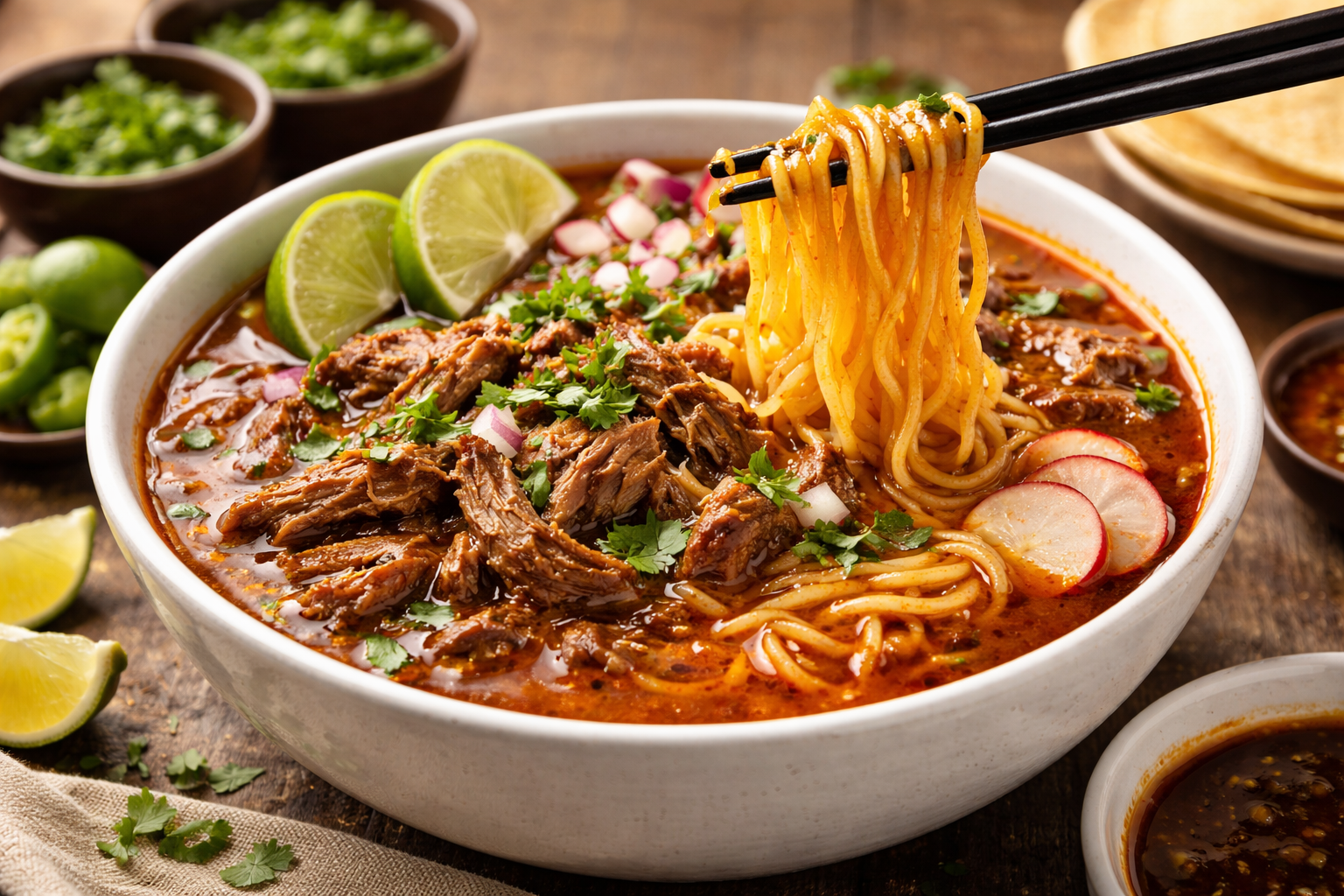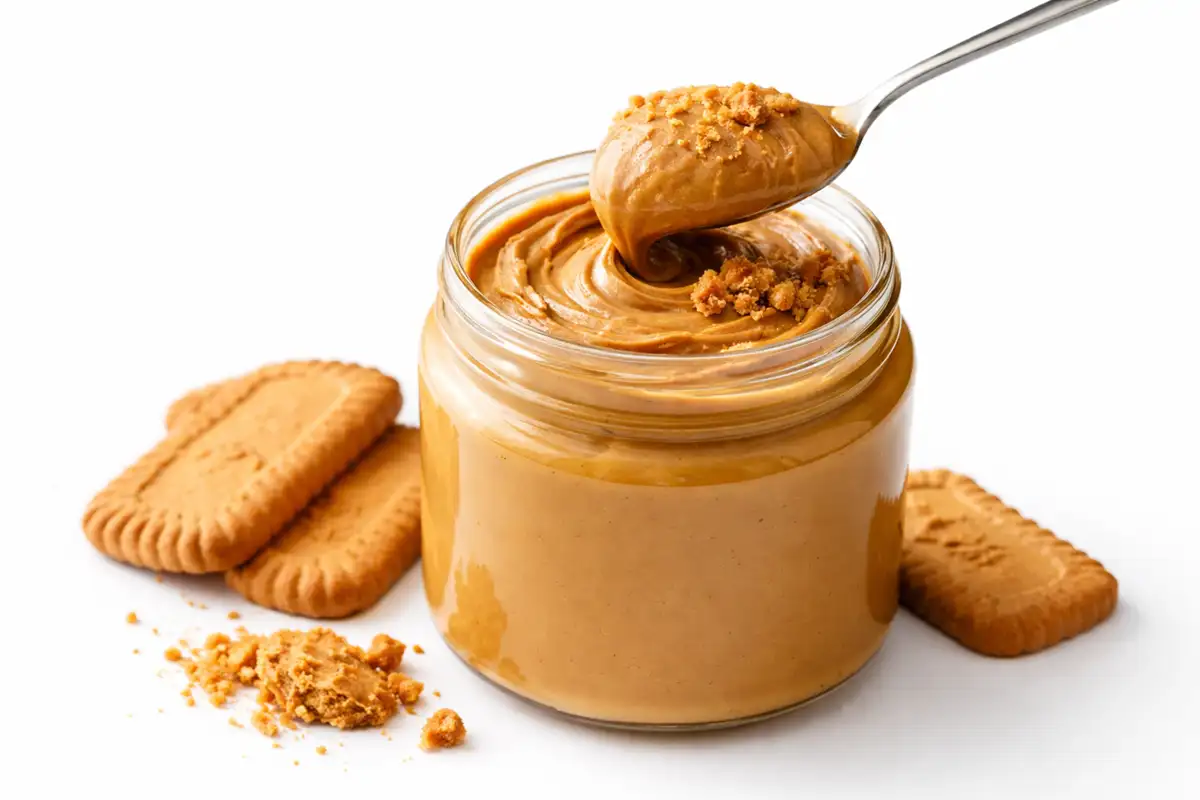What Is Food and Beverage Revenue Management?
The food and beverage revenue management landscape is more competitive than ever.
The global industry is projected to hit $8.9 trillion by 2026, while the U.S. food market is expected to grow 4.36% annually from 2025 to 2030, reaching $863.95 billion in 2025.
With CPG businesses facing inflation, shifting consumer preferences, and supply chain disruptions, revenue growth management is key to profitability.
By refining CPG pricing strategies, using food demand forecasting, and leveraging food analytics, companies gain a competitive edge.
This article explores revenue-driving tactics like smart pricing models and beverage industry data insights to help brands optimize their revenue streams.
What is food and beverage revenue management?

Food and beverage revenue management is the strategic process of optimizing pricing, product mix, and distribution to maximize sales and profitability.
For CPG sales teams and business leaders, this means aligning CPG growth strategies with data-driven decision-making.
Key components include:
Dynamic pricing: Adjusts prices in real-time based on factors like demand, competitor pricing, and seasonal trends, helping businesses stay competitive while maximizing profits.
Food demand forecasting: Uses advanced analytics to predict customer demand, reducing the risk of stock shortages or overproduction, which can lead to waste or missed sales opportunities.
Channel optimization: Ensures products are distributed to the right customers through the best channels at the right time, enhancing both efficiency and customer satisfaction.
Data-driven promotions: Leverages customer insights to create targeted promotions that boost ROI, increase brand loyalty, and drive repeat business.
Key factors driving revenue growth in F&B
Several factors impact food and beverage revenue management, including:
- Consumer behavior shifts – Health-conscious, sustainability-focused, and convenience-driven consumers are redefining demand.
- Retail and eCommerce expansion – Online grocery sales are growing, requiring optimized digital pricing and promotions.
- Supply chain volatility – Ingredient costs fluctuate, impacting margins.
- Technology and automation – AI-powered food analytics provide real-time insights for better decision-making.
Understanding these factors allows brands to refine their CPG revenue growth management strategies, improving both short-term gains and long-term profitability.
Smart pricing strategies to boost profits
Optimizing CPG pricing is a game-changer in revenue management. Leading brands use dynamic pricing tools, AI-driven insights, and competitive analysis to set the right price at the right time.
Effective CPG pricing strategies include:
- Value-based pricing – Pricing products based on perceived consumer value rather than cost.
- Promotional pricing – Targeted discounts that drive volume without eroding margins.
- Competitive benchmarking – Adjusting prices based on competitor movements and market conditions.
- AI-powered adjustments – Using food analytics to refine pricing based on demand patterns.
Data-driven CPG sales strategies ensure products remain attractive while maintaining profitability.
Interested in taking your CPG revenue growth management to the next level? Schedule a demo to see how data-driven insights can transform your revenue strategy.
Food demand forecasting and inventory management
Poor forecasting can lead to CPG business losses due to excess stock or unmet demand. Using AI-driven food demand forecasting, companies can better predict sales trends, adjust production schedules, and optimize inventory.
Top forecasting techniques include:
- Historical sales analysis – Examining past sales to predict future demand.
- Market trend analysis – Using beverage industry data to adjust production based on emerging preferences.
- AI and machine learning models – Identifying patterns that human analysts might miss.
Precise food demand forecasting prevents waste, improves efficiency, and maximizes profitability.
Channel and distribution tactics for better revenue management
Optimizing sales channels is essential for CPG growth. Whether selling through retail, eCommerce, or direct-to-consumer (DTC) platforms, brands must ensure efficient distribution.
Key distribution tactics:
- Omnichannel presence – Integrating online and offline sales for seamless consumer access.
- Retail partnerships – Leveraging large retailers’ data for better shelf positioning.
- Direct-to-consumer strategies – Increasing margins by selling through brand-owned platforms.
A strong distribution strategy ensures CPG business success by improving availability and reducing inefficiencies.
Promos, discounts, and loyalty programs that work
Effective promotions go beyond random discounts—they’re data-driven and strategically timed. The best revenue-focused promotions:
- Encourage bulk purchasing – “Buy one, get one free” deals boost volume.
- Leverage seasonal demand – Holiday-themed products and discounts drive higher sales.
- Incentivize loyalty – Reward programs encourage repeat purchases.
Brands that integrate food analytics into their promotional strategy can drive sustained revenue rather than short-term spikes.
Using tech and data to your advantage
Technology is at the core of modern food and beverage revenue management. AI-driven tools provide real-time insights into CPG pricing, CPG sales, and CPG business trends.
Tech-driven revenue strategies include:
- Predictive analytics – AI-driven models improve food demand forecasting accuracy.
- Automated pricing tools – Ensure competitive and profitable CPG pricing.
- Customer sentiment analysis – Tracks preferences and adapts product positioning.
By harnessing beverage industry data, brands can make faster, smarter, and more profitable decisions.
Challenges in managing F&B revenue
Despite the advantages of CPG revenue growth management, challenges persist:
- Market volatility – Ingredient price fluctuations impact profitability.
- Consumer unpredictability – Trends shift rapidly, requiring agile adaptation.
- Retailer pressures – Retail chains demand lower prices and higher promotions.
Overcoming these hurdles requires data-driven CPG business strategies, ensuring brands stay ahead.
What’s next for F&B revenue growth?
The future of food and beverage revenue management lies in AI, automation, and personalization. Brands that integrate food analytics into their operations will gain a competitive edge.
Key trends shaping the industry:
- Hyper-personalized pricing – AI-driven adjustments based on consumer behavior.
- Sustainable growth strategies – Eco-friendly packaging and ethical sourcing impact sales.
- Enhanced AI adoption – Smarter food demand forecasting leads to reduced waste and increased margins.
Optimize your revenue strategy today
As CPG business leaders refine their revenue strategies, leveraging data and automation will be the key differentiator. A well-executed food and beverage revenue management plan ensures profitability, efficiency, and long-term growth.
FAQs
Traditional pricing sets static costs, while revenue management dynamically adjusts based on demand, timing, and customer behavior—optimizing profit per transaction.
Data reveals high-performing items, peak sales times, and customer preferences. These insights support better pricing, promotions, and menu engineering to increase margins.
Strategic placement of high-margin items and use of design psychology (e.g. anchor pricing, visual emphasis) influence purchasing behavior and improve profitability.




